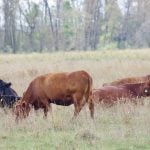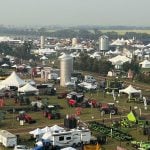
Tag Archives University of Manitoba
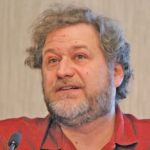
In the battle to mitigate global warming farmers’ nitrogen use will be scrutinized
But soil scientist Mario Tenuta says there are things farmers can do to help themselves
Student numbers grow in faculty of agriculture
Students are responding to robust signals from the agriculture sector job market
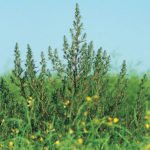
Herbicide resistance quietly growing problem in Manitoba
Multi-pronged weed control strategies that go beyond chemicals are urged by researchers
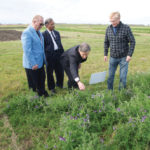
New funds for organic research
Researchers at the long-term organic research trials at Glenlea will be getting some state-of-the art equipment
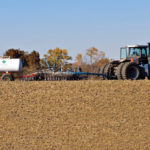
Getting fall fertility just right requires attention to detail
Keep your fertilizer on your land and out of the spring run-off
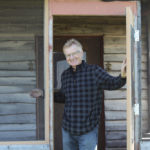
Twenty-five years of organics
Canada’s longest-running study of organic crop systems continues to yield new results
Editorial: Quiet dedication
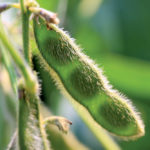
Pulse and soybean research position to bring industry to classroom
This unique position will aid to integrate the pulse industry into the university to a greater degree

Perennial grain: It’s two crops in one
It’s been a decades’ long search, but researchers believe the finish line is in sight for a crop that can be both grazed and then harvested for its grain
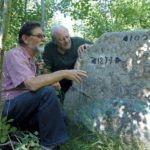
New atlas documents Mennonite history
Two amateur historians pull together a comprehensive record of their communities in the East Reserve

